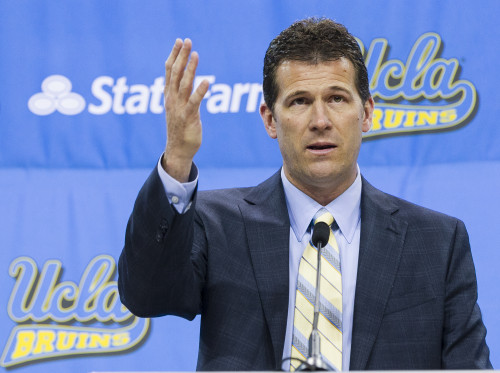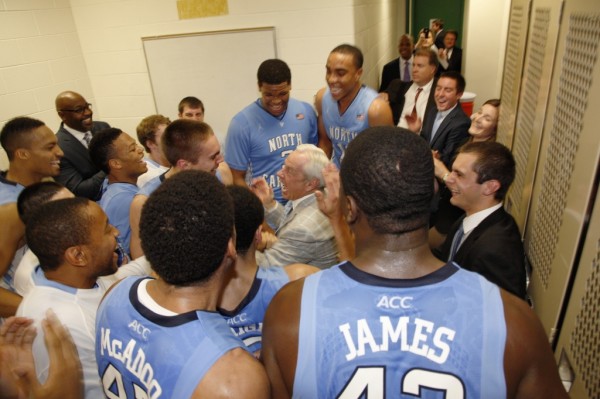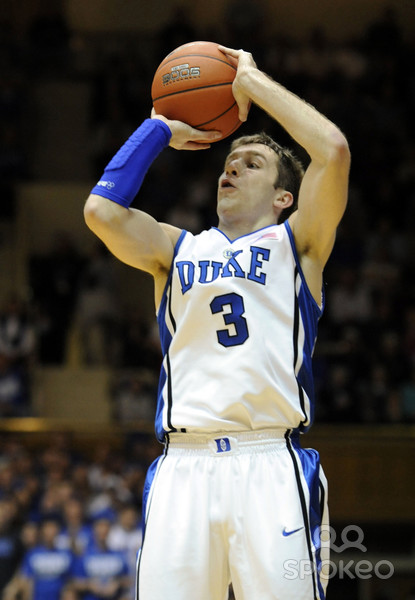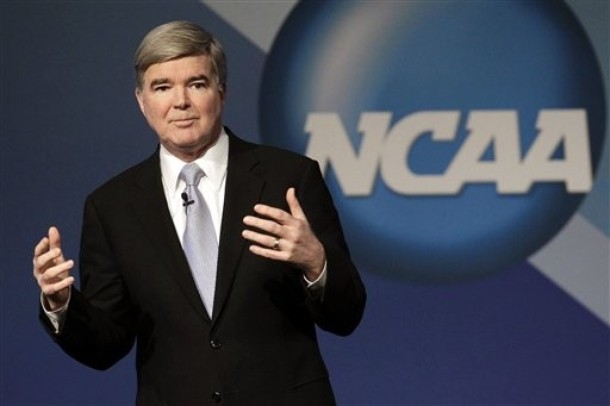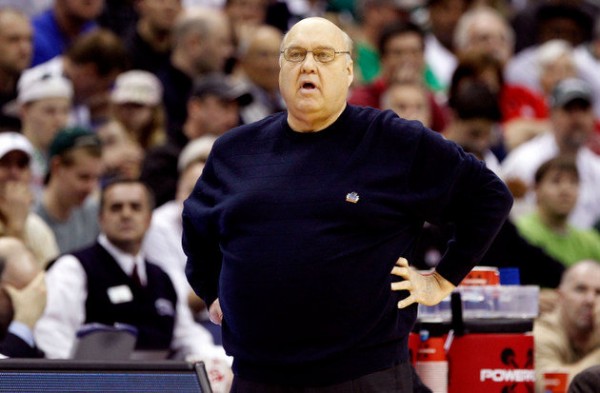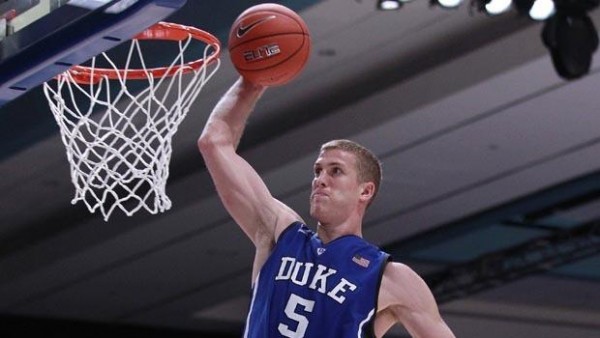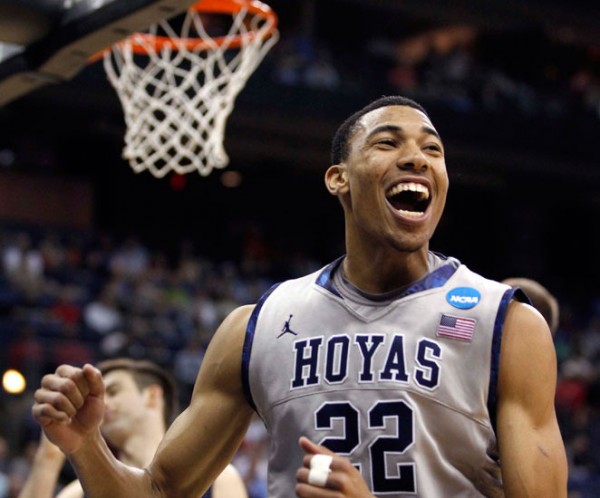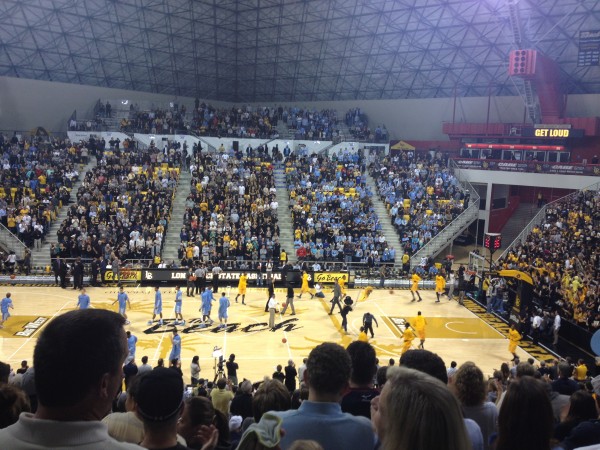What Pomeroy Knows About The Current Top 25 That You Might Not
Posted by Bennet Hayes on December 13th, 2013It’s happened to many a college basketball fan (hopefully not just me). You pull up kenpom.com, just needing to check Doug McDermott’s offensive rating, or Syracuse’s adjusted tempo. You quickly accomplish your goal, but 45 minutes later, Doug McDermott’s offensive rating has morphed, several times over, into a glance at individual seasons similar to Joe Trapani’s 2007 campaign at Vermont. Fortunately, I am not here to discuss John Shurna’s freshman year (one such similar season), and instead, I’ll spare you a bit of KenPom wandering. Via college basketball’s statistical maestro, here are four takeaways in comparing his metrics with the current AP Top 25.
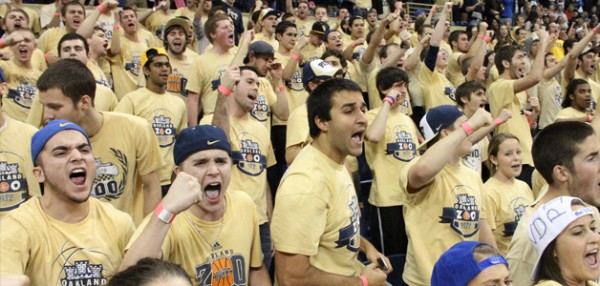
The Folks In The Oakland Zoo Are Probably In Agreement With KenPom’s Take On Their Panthers; After A 9-0 Start, Pitt Is #4 With Pomeroy, But Still Unranked In The AP Poll
Most Overrated/Underrated
KenPom’s ratings are never a perfect match with the polls. Expect the two evaluative systems to converge a bit as the year progresses, but let’s note the teams with the most decisive split of opinion at the moment. On the plus side of things, Pittsburgh sits at #4 in KenPom’s ratings, despite having not yet entered the AP poll. The potentially underrated (at least by AP voters) Panthers were third in “receiving votes” last week after a 9-0 start to the year. One of the teams that beat the Panthers into the poll was the Missouri Tigers, yet they rest some 37 slots below Pitt at #41 in KenPom’s rankings. Mizzou hasn’t done anything wrong yet – the Tigers are also 9-0 and coming off consecutive victories over West Virginia and UCLA – but Pomeroy’s model doesn’t yet view them as an elite squad. Other teams that pollsters are a bit keener on include Colorado (#37), San Diego State (#40), and UConn (#21).
Extremes Of The Youth Movement





























